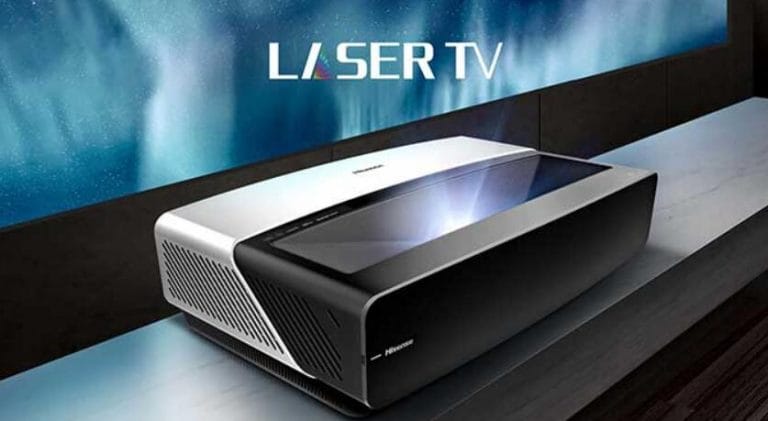Samsung has consistently topped the list of smartphone innovators, and the Galaxy S25 is no exception. Building on the legacy of the Galaxy S series, the S25 introduces notable advancements while fine-tuning staple features that made previous models a success. If you’re considering whether an upgrade is worth it, here’s a closer look at what sets the Galaxy S25 apart and how it measures up against older models.
Design and Build Quality
The Galaxy S25 maintains Samsung’s hallmark commitment to sleek and modern designs. While it retains a familiarity reminiscent of its predecessors—such as the Galaxy S22 and S23—the S25 refines previously known aesthetics with an even sleeker frame. A significant addition is its lightweight build, crafted with a reinforced aluminum frame, and premium matt-finish material offering better resistance to scratches.
Compared to older Samsung phones, the S25 introduces an immersive edge-to-edge AMOLED display that supports a higher refresh rate of up to 120Hz, making transitions and animations far more fluid. Older models, such as the S22, had a refresh rate capped at the same number, but software optimizations in the S25 allow for smoother alternation between standard and high-speed displays, conserving battery power where needed.
Performance and AI Integration
The Galaxy S25 is powered by Qualcomm’s Snapdragon 8 Elite chipset, the most advanced processor Samsung has integrated into its flagship phones to date. This chipset is designed on the cutting-edge 3nm architecture, making it faster and more power-efficient than any found in the Galaxy S20-series or earlier models.
One of the standout improvements is the AI-driven ProScaler system. This new feature significantly boosts device performance by dynamically adjusting processing resources to task demands. Whether you’re working on high-performance gaming or multi-tasking several apps, the S25 adapts in real-time, alleviating the lag often experienced in older Galaxy iterations.
Battery and Charging Improvements
Battery life is one area where the Galaxy S25 raises the bar. With a 5,000mAh battery on the standard model, and higher-capacity batteries on the 25+ and Ultra versions, users can now experience extended usage. Comparatively, older models such as the Galaxy S21 offered approximately a 4,000mAh capacity, leaving heavy users often looking for their charger midway through their day.
Fast charging is further boosted in the Galaxy S25 with a robust 45W charging system, allowing users to charge their devices from 0 to 100% in almost an hour. Older models had slower fast charging capabilities which have now been fine-tuned. Also noteworthy is the reverse wireless charging technology, which has been refined to output more power.
Camera Upgrades
The camera capabilities of Samsung phones have always been one of their most celebrated aspects, and the Galaxy S25 doesn’t disappoint. Equipped with a 200MP camera on the Ultra model, this generation is a significant leap from the 108MP cameras first introduced with the S20 Ultra. Enhanced AI features allow for seamless object tracking, low-light photography, and video stabilization, developments that have improved generationally from the S10 models.
For professionals and photography enthusiasts, Samsung’s updated Pro Mode further hones manual controls, giving users the ability to fine-tune ISO levels, shutter speeds, and focus fields. This expansion echoes customer feedback from older devices where manual modes seemed restricted.
Software and Features
The Galaxy S25 operates on Samsung’s OneUI 7, based on Android 15. This represents a seamless user interface optimized for multitasking. Smart widgets now recommend applications you may need based on your usage patterns—a significant improvement over outdated widgets on older Galaxy models.
Samsung has also integrated additional privacy settings, giving users the ability to control permissions with granular detail. Features like Permission Tracker ensure you know which apps use what data in real-time—an area that older models never fully addressed comprehensively.
Pricing and Availability
The Samsung Galaxy S25 is available at $800 for the base model, while the S25+ and Ultra models are priced at $1,000 and $1,300 respectively. Although newer players in the smartphone market are offering competitive prices, Samsung largely justifies its costs with its technological advances and premium designs.
Should You Upgrade?
Whether the Galaxy S25 is worth your investment largely depends on how outdated your current Samsung device may be. If you’re transitioning from older models like the S10 or S20, the S25 represents a transformative upgrade. Current holders of the Galaxy S23 may not see as dramatic a difference, but AI-driven advancements and design refinements still make the S25 a compelling option.
In conclusion, the Galaxy S25 underscores Samsung’s ongoing innovation in smartphone design and functionality. From its advanced camera and display technologies to its battery and AI management systems, this latest model builds on years of feedback and experience to present a phone that feels as cutting-edge as it is user-friendly.



